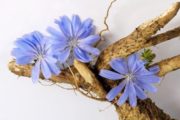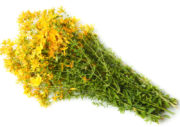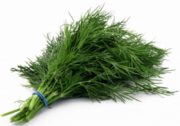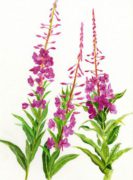How to properly dry sage: methods of drying at home
Sage (salvia) is used for both medicinal and culinary purposes. The drying method you choose depends on what you need the sage for.
Sage is harvested in early summer, when it just begins to bloom, until autumn. It is during flowering that the concentration of essential oils in the plant reaches its peak.
Cut off the stems completely, this makes it easier to transport them and sort them at home. Try not to pick up contaminated plants. Of course, sage stems can be washed, but this is not advisable.
Drying sage naturally
This drying method is suitable for medical purposes, where the whole plant, flowers, stems and leaves are used. Tie the sage stems into small bunches and hang the flowers down in a dry, ventilated area.
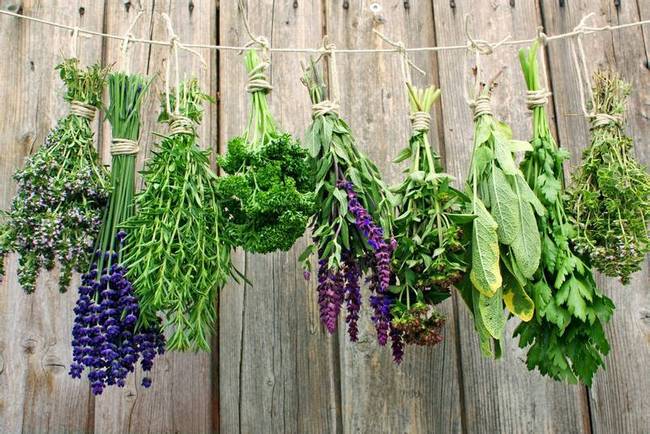
Sage essential oils are very volatile, so after drying, place bunches of dried herb in a cardboard box and store in a dry place at room temperature. Grind only the amount of herb that you need right now.
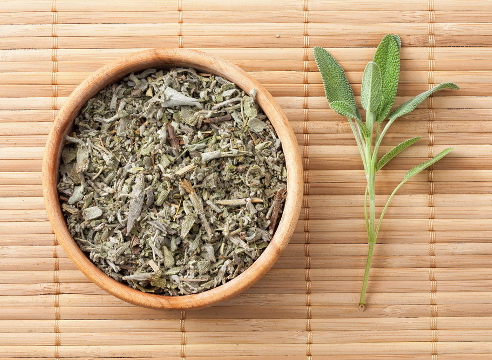
Drying sage to make seasoning
Accelerated drying allows you to better preserve the aroma of the plant, with the only caveat that the drying temperature should not exceed 35-40 degrees Celsius. If your electric dryer has such a mode, then go ahead.
For seasoning you need the lower, largest leaves of sage.

Tear them off, wash them and dry them on a cloth, or blot them gently with a paper towel, but do not press them down, otherwise you may damage the structure of the leaf, the essential oil will begin to release, and very quickly the leaf will lose its aroma. Place a layer of leaves on a drying tray and monitor the drying process so that the leaves do not dry out.

Grind dry sage leaves in a blender or coffee grinder and place in a jar with a tight-fitting lid.
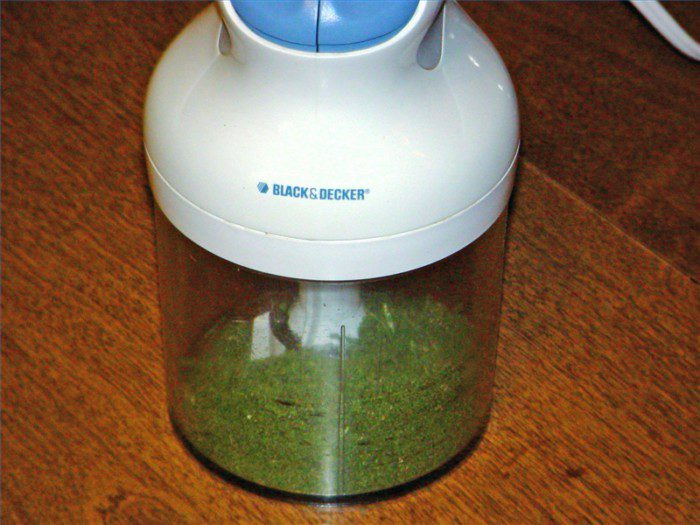
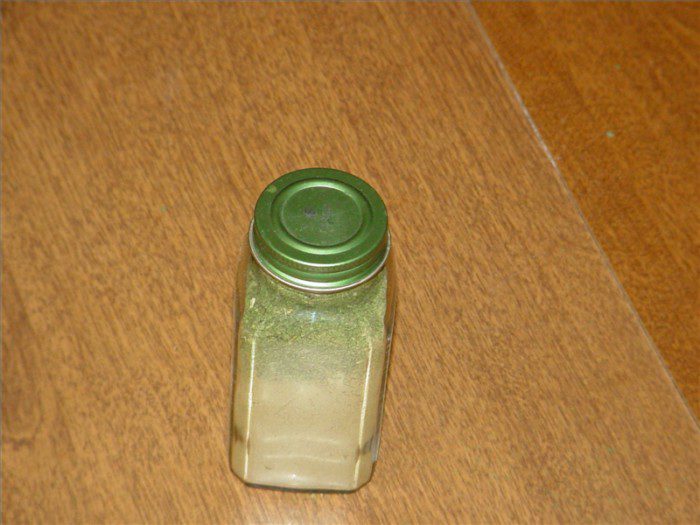
Sage has many uses. To learn how and where it can be used, watch the video:


